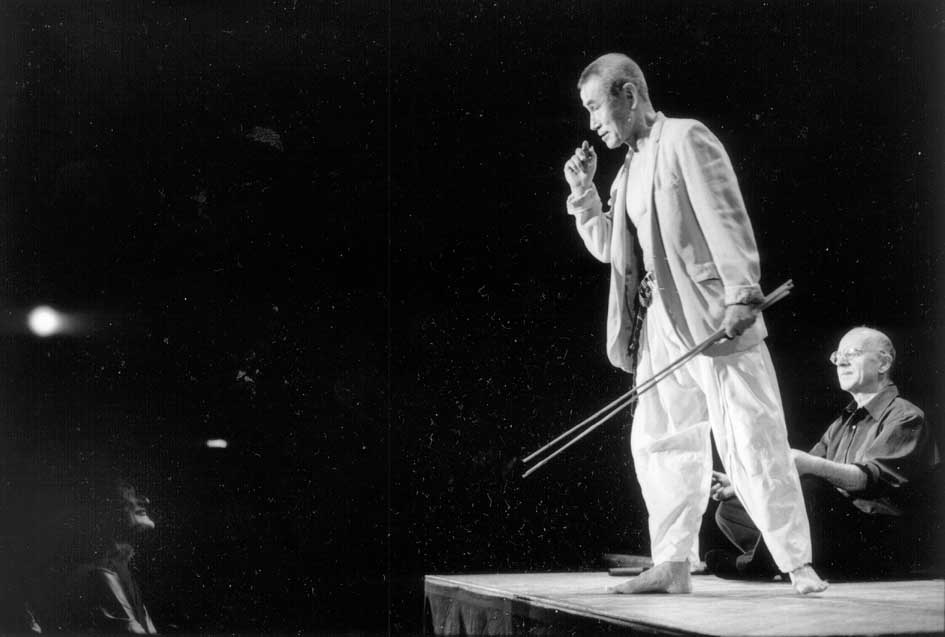 "Between the Walls"
"Between the Walls" Original Title: Entre les murs
Director: Laurent Cantet
Screenplay: François Bégaudeau
Cast: François Bégaudeau, Esmeralda Ouertani, Louise Grinberg, Franck Keita, Wei Huang, Boubacar Toure, Rachel régulier
France, 2008
Awards: Won Golden Palm, Cannes Festival, French Cesar Winner, Best Adapted Screenplay
The visual language is so broad that sometimes surprises. The touches of their creators are so characteristic that it is possible to identify a difference as a Van Gogh Dali. In the case of "Between the Walls", the director executes a work fiction so real that when frightened by the unknown - and not being able to see - the border between screen and reality. With a leisurely pace, without haste and absence of incidental music, the film places the camera as a sort of Rear Window that allows the viewer an accomplice of the French educational system around the marginal classes.
The word "suburb" is defined as the area located on the outskirts of the city, inhabited by poor especially. It is in this area develops the film, focusing on integrity in a public school led by teachers who can endure the unendurable. The story at the edge of the documentary, shows how day teachers and students to-day struggle to get ahead from each of the human vision. On the one hand, adults move with the sole purpose of teaching and make that grain of sand can change the lives of children, and the other youth are not even aware of what they live, are concerned with trivia by be and feel completely outside the system.
For there can be no critics to express their dissatisfaction with the lighting and so weary that becomes the argument, however this does not overshadow or in the least the tremendous development, greatly executed both for its technical team as art. Laurent Cantet, director of "Human Resources" (1999), through images, does not allow the clock to lift the audience despite the extensive scenes and the delicate mix of deployed locations. On the other hand, the actors are abstracted from the camera so that this seems to be a window that allows the viewer to appreciate, as well as each of their gestures, their innermost emotions. The cast is of a quality to cheer up, where the casting was made with precise detail, taking young people who by their very presence showed what they were in their role. François
Bégaudeau, author of the book of the same name on which the movie and main character of "Between the Walls" creates an atmosphere ideal to feel the plight of the "marginalized" in France and worldwide. The constant struggle is motivated by the empty gesture of hope, collapsing both for those who have the desire to emerge as to who help to bring them up. This vicious circle is to be destroyed and so we propose the tape. She just turns on the light we see, to observe the irrational, to understand that this can not happen anymore. You can not allow circumstances diverted to those with more trouble to a hopeless way, and every day it becomes more normal for them. The tools we have and only should apply. Why so late? Can we allow another child to tell us immeasurable fear has not learned anything for a whole year? The movies are for this too. Not only must we entertain, but also must be able to wake up to the neurons of the audience and take advantage of this huge media called "movies."
Rating: 7 / 7
Scene "Between the Walls"

